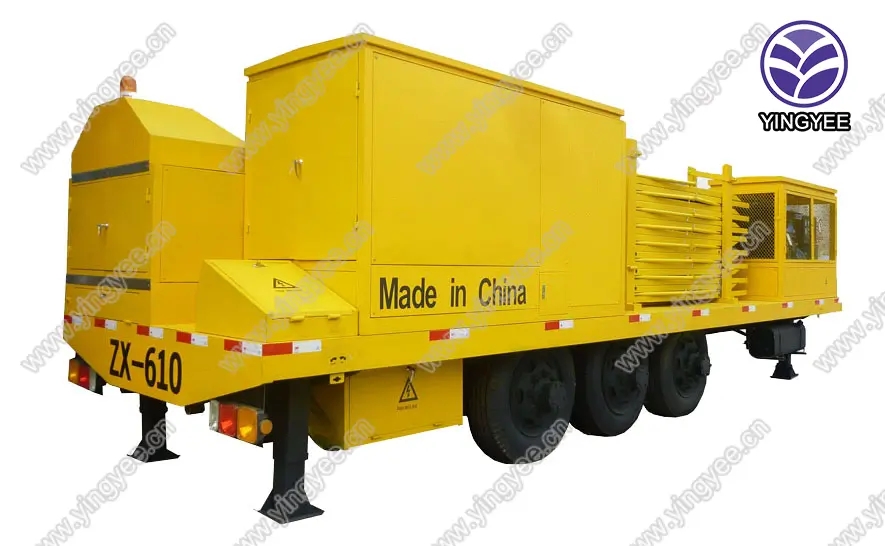
The Evolution and Importance of IBR Making Machines
In the ever-evolving landscape of manufacturing, the role of machinery has been pivotal, influencing production efficiency and product quality across various sectors. One such machine that has gained significant attention in recent years is the IBR (Inverted Box Rib) making machine. This specialized equipment is crucial in the construction and building materials industry, particularly in the production of roofing sheets and various architectural designs.
Understanding IBR Making Machines
IBR making machines are designed specifically to produce IBR sheets, which are characterized by their unique corrugated structure that provides superior strength and durability. These sheets are commonly used in roofing applications, offering excellent weather resistance and insulation. The demand for IBR sheets has surged, driven by the construction industry’s need for reliable and cost-effective building materials.
The IBR-making process involves feeding metal coils into the machine, which then shapes them into the desired IBR profile through a series of rollers. The machine’s design ensures precision and consistency in the dimensions and quality of the produced sheets. Advanced IBR making machines are often equipped with computer numerical control (CNC) technology, allowing for enhanced automation and the ability to produce customized sheet sizes and profiles, catering to diverse construction needs.
Advantages of IBR Sheets
IBR sheets are notably advantageous due to their strength-to-weight ratio. They are lighter than many traditional roofing materials, which translates to easier handling and installation. This feature has made them particularly appealing for projects that require quick turnaround times without compromising on structural integrity.
Additionally, IBR sheets offer excellent coverage, thanks to their wide profile. This means that fewer sheets are required to cover a given area, which can lead to significant cost savings on materials and labor. The unique design of IBR sheets also aids in water drainage, thereby reducing the risk of leaks and water accumulation.
Applications in Various Industries

The versatility of IBR sheets has led to their widespread adoption in various applications beyond conventional roofing. They are commonly used in warehouses, factories, and commercial buildings, providing a robust solution for covering large spaces. Furthermore, their aesthetic appeal allows them to be incorporated into modern architectural designs, enhancing the visual value of residential homes without sacrificing functionality.
Additionally, the IBR making machine's efficiency in producing large quantities of sheets means that it is well-suited for high-demand markets. Companies can scale their production to meet fluctuating demands, ensuring that they remain competitive while also adhering to strict deadlines.
Technological Advancements
The industry has seen significant technological advancements in IBR making machines over the past few years. Modern machines are now equipped with enhanced features such as automated feeding systems, online quality control, and error detection mechanisms. These innovations not only enhance productivity but also minimize wastage and reduce operational costs.
As sustainability becomes increasingly important in manufacturing, newer IBR making machines are designed to be energy-efficient and capable of utilizing recycled materials. This shift towards greener practices helps companies reduce their environmental footprint while still meeting market demands.
Conclusion
In conclusion, the IBR making machine represents a significant advancement in the manufacturing of building materials. Its ability to produce high-quality IBR sheets efficiently and economically caters to the thriving construction industry. As technology continues to progress, we can expect further enhancements in the design and functionality of these machines, aligning with sustainable practices and the growing demand for innovative building solutions.
The IBR making machine is not just a piece of equipment; it symbolizes the intersection of innovation, efficiency, and sustainability in modern manufacturing. With the ongoing developments in this field, the future of construction materials looks bright, paving the way for more resilient and aesthetic architectural designs worldwide.